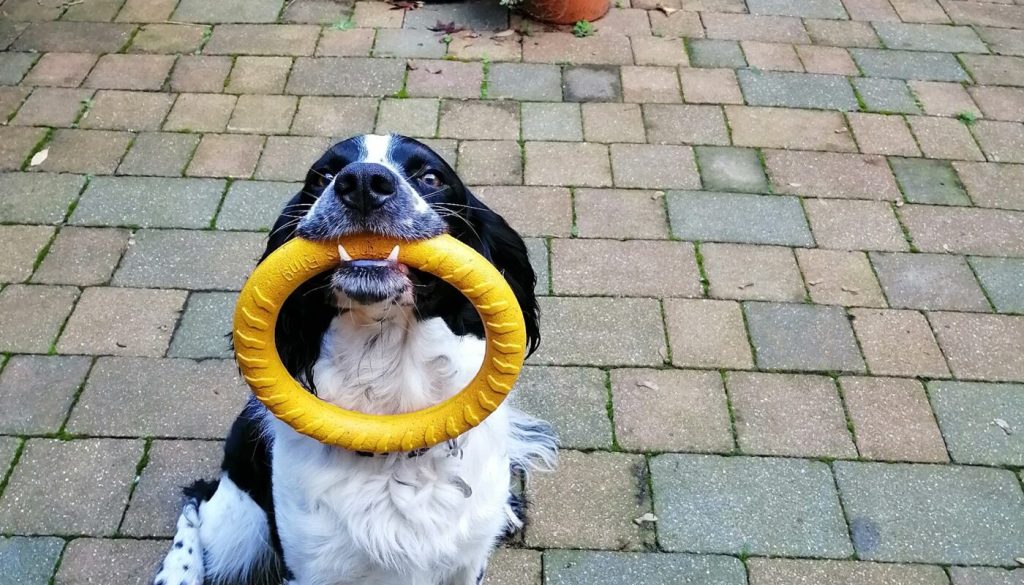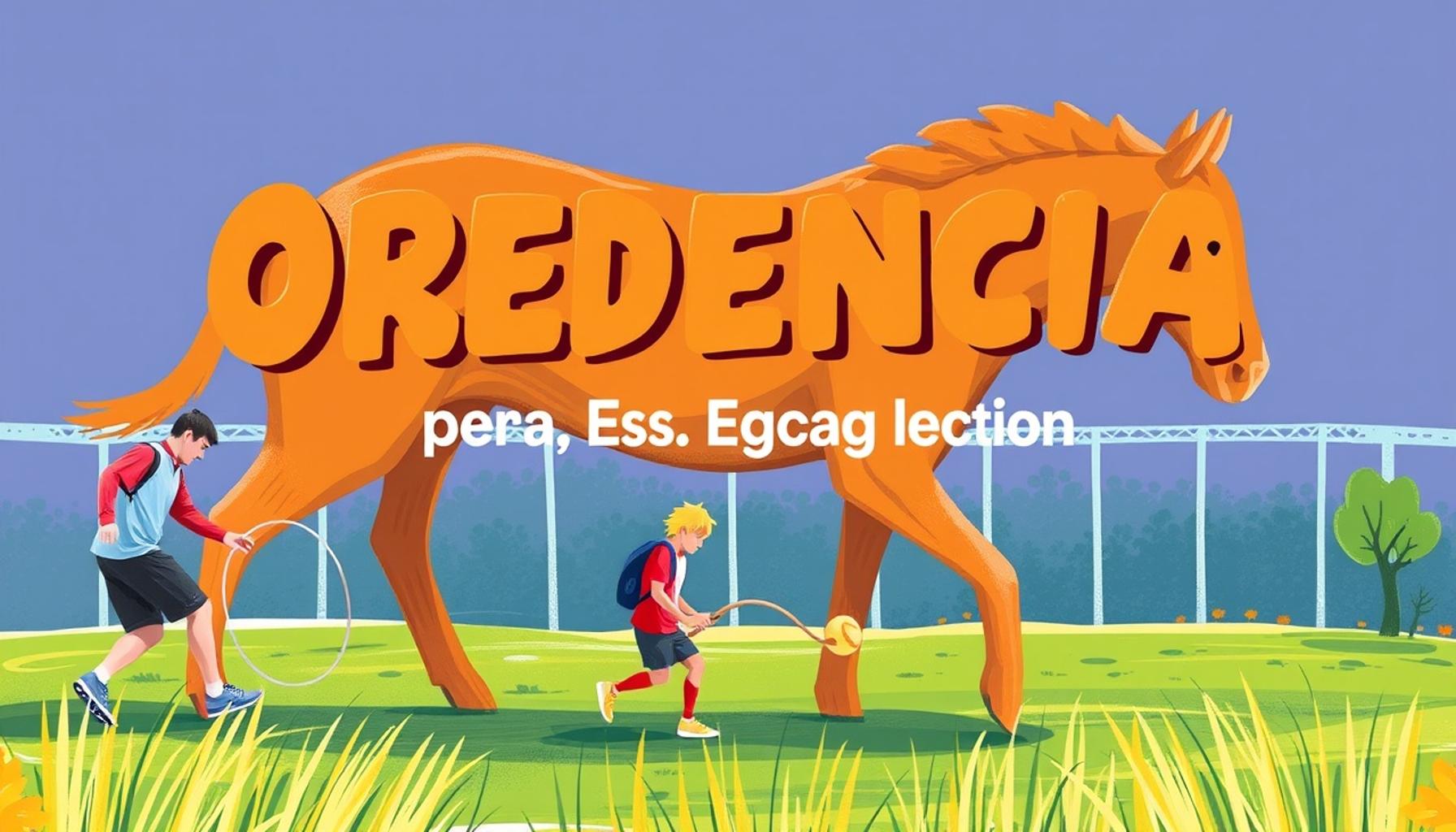Trick Training: How to Teach Fun and Stimulating Skills to Your Pet

Unlocking Your Pet’s Potential Through Trick Training
Imagine a sunny afternoon, where your dog commands attention as it performs charming tricks at the local park, or your cat astounds friends with its ability to leap through a hoop. Trick training is not just a fun activity; it deepens the bond between you and your pet while offering a plethora of mental and physical benefits. In today’s busy world filled with distractions, dedicating time to teach your pet tricks can be a fulfilling and productive pastime that enriches their life and yours.
Benefits of Trick Training
When you embark on the journey of trick training, you open up a world of benefits that can significantly enhance your pet’s daily life:
- Enhances communication: Trick training fosters a deeper understanding between you and your pet. As you learn to interpret their behavior and signals, your animal becomes more attuned to your commands, enhancing your overall relationship.
- Promotes mental stimulation: Engaging in new tricks challenges your pet’s cognitive abilities, keeping their minds sharp and active. Mental exercise is equally important as physical exercise; it helps mitigate behavioral issues related to boredom.
- Encourages physical activity: Many tricks naturally involve movement, promoting physical health. Activities such as jumping, rolling, and even dancing keep your pet agile and fit, which is crucial for their overall well-being.
- Boosts confidence: Each successful trick boosts your pet’s confidence, encouraging them to tackle new challenges with enthusiasm. This can be especially beneficial for shy animals, helping them come out of their shell.
Whether your dog can already sit or your cat knows how to high-five, trick training provides a fantastic opportunity to expand their skills. Beyond the basics, you can teach fun and adventurous tricks such as playing dead, rolling over, or even spinning in circles. If you want to take it a step further, you can explore advanced tricks like weaving through your legs or performing a sequence of tricks in succession. The only limit is your creativity combined with your pet’s willingness to learn!
Getting Started
Choosing the right techniques is crucial for success in trick training. Start by observing your pet’s unique personality and learning style; this will help you tailor your approach. Using positive reinforcement, such as treats or praise, can make the learning process enjoyable for both of you. Consider breaking down complex tricks into smaller, manageable steps, allowing your pet to master each part before moving on to the next. Patience and consistency are essential—remember, every pet learns at their own pace!
Joining a local training class can also be beneficial, as you can share experiences with fellow pet owners and gain insights from professional trainers. Online resources, including video tutorials and forums, provide a wealth of information for those who prefer to train at home. With the right attitude and approach, you and your pet can step into the exciting world of trick training, creating joyful memories that last a lifetime.

DISCOVER MORE: Click here to learn about the importance of a balanced diet for your pet’s health
Engaging Your Pet’s Mind: The Foundation of Trick Training
The journey of trick training begins with establishing a solid foundation of trust and communication with your pet. Understanding their unique traits and instincts can transform the training experience into a fun and fulfilling activity for both of you. Each pet is an individual, and tailoring your training approach to suit their personality is key to unlocking their full potential. Whether you are working with a playful puppy, a curious cat, or even a small animal like a rabbit or ferret, the principles of positive reinforcement can make all the difference.
Understanding Your Pet’s Personality
Before diving into specific tricks, take the time to observe your pet’s behavior and tendencies. Each animal exhibits its own style of learning, which can include:
- Curiosity: Some pets are naturally inquisitive and may respond well to challenges that stimulate their need for exploration.
- Playfulness: Pets that love to play may enjoy learning tricks that incorporate games or interactive sessions.
- Calmness: For more relaxed animals, trick training may work best with slower-paced activities that ease them into learning.
Identifying these traits not only assists you in choosing the right tricks to teach but also helps in modifying your training methods. For instance, a highly energetic dog may thrive with tricks that allow them to use up some of that excess energy, such as jumping through hoops or weaving through cones, while a quieter cat might prefer gentler activities, like rolling over or targeting small objects.
Setting the Stage for Success
Once you have a grasp on your pet’s character, it’s time to create a conducive training environment. Start with a quiet space free from distractions where your pet can focus on you and the task at hand. Gathering the necessary training tools, such as treats, clickers, or even a favorite toy, will prepare you both for the session. Remember, the aim is to engage and motivate your pet—your enthusiasm is infectious!
One of the tenets of effective trick training is to adopt the technique of positive reinforcement. This means rewarding your pet immediately after they execute a desired behavior. Whether it’s verbal praise, a small treat, or a scratch behind the ears, rewards must be relevant and immediate to create a positive association with the command. As your pet learns, gradually fading the treats and relying more on verbal praise or affection can help solidify their skills.
Moreover, breaking down tricks into smaller, achievable steps is essential. Teaching a complex trick like playing dead can be overwhelming if approached all at once. Instead, you can start by getting your pet to lie down, then gradually prompt them to roll onto their side. This incremental approach not only helps them grasp the trick but also builds their confidence with each small victory.
Creating a Regular Training Schedule
Consistency is crucial in trick training. Establishing a regular schedule that accommodates short, frequent sessions will yield better results than infrequent, long training marathons. Aim for sessions that last about 5 to 10 minutes, ensuring that training remains enjoyable and does not become a chore for your pet. By dedicating time each day or a few times a week, you’ll strengthen the learning process and deepen your bond.
As you embark on this exciting path of teaching your pet new skills, remember that patience and positivity are your most valuable tools. With a personalized approach and an open mind, you’ll discover that your pet has a world of potential waiting to be unlocked through the art of trick training.
| Benefits of Trick Training | Engagement and Bonding |
|---|---|
| Enhances Mental Stimulation | Trick training encourages your pet to think critically and problem-solve. |
| Strengthens Communication | Establishing cues for tricks fosters a deeper understanding between you and your pet. |
Incorporating trick training into your pet’s routine offers numerous benefits that extend beyond mere entertainment. One key advantage is that it significantly enhances mental stimulation. Dogs, and pets in general, require more than just physical exercise; they thrive on challenges that make them think. By teaching tricks, you essentially turn training sessions into engaging games, allowing your pet to utilize its intelligence, which can curtail negative behaviors stemming from boredom.Moreover, trick training strengthens communication between you and your furry friend. As you teach your pet specific cues for each trick, you lay the groundwork for a better relationship founded on trust and understanding. This two-way interaction not only enriches the training experience but also deepens your connection, making it easier to manage your pet’s behavior in daily life.To view further tips and detailed methods for teaching exciting tricks to your pet, continue exploring the rich world of trick training.
DISCOVER MORE: Click here to learn why socialization matters
Expanding Skills: The Art of Teaching Tricks
Once you have established a strong foundation of trust, communication, and understanding of your pet’s personality, it’s time to dive into the actual trick training. This is where the fun begins, and you can truly unleash your pet’s creativity. From classic tricks to quirky and amusing skills, the options are practically limitless. Engaging your pet in learning not only promotes mental stimulation but also enriches your bond.
Choosing the Right Tricks
When selecting tricks to teach your pet, it’s essential to strike a balance between their abilities and your preferences. Start with well-known basics that can serve as building blocks, such as:
- Sit: A fundamental command that is vital for good manners.
- Shake a Paw: A fun trick that encourages interaction.
- Roll Over: This trick showcases your pet’s flexibility and can be quite a crowd-pleaser.
Once your pet masters these basics, you can gradually introduce more complex skills. Consider advanced tricks like playing dead, fetching specific items, or even performing dance moves on cue. Research shows that pets that learn a variety of tricks are often more adaptable and resilient in dynamic environments, reflecting their improved problem-solving skills.
Utilizing Tools to Enhance Learning
Incorporating various training tools can make the learning process more effective and enjoyable. Clicker training, for instance, utilizes a small device that makes a clicking sound to mark the moment your pet successfully performs the desired action. This immediate feedback reinforces positive behavior and speeds up the learning process.
Additionally, using high-value treats—small, tasty morsels that your pet finds especially rewarding—can further motivate them. For instance, soft cheese or bite-sized pieces of cooked chicken often rank high on many pets’ lists. Remember, the goal is to make learning as enjoyable as possible, so experiment with different rewards to find what excites your pet the most.
Incorporating Fun Games into Training
To make trick training even more stimulating, you can integrate games and activities. Games like hide and seek can be particularly effective for both dogs and cats. Start by having your pet stay or sit, then hide somewhere in your home. Call them and reward them when they find you. This enhances their problem-solving skills and strengthens their recall.
Even simple scenarios such as tug-of-war can be transformed into a training opportunity. Teach your pet to “drop it” after a game, reinforcing commands while they play. Such interactive sessions provide mental engagement, fostering a more responsive and playful demeanor in your pet.
Adjusting Techniques Based on Progress
As your pet starts showing proficiency with certain tricks, it is critical to gauge their progress and adapt your techniques accordingly. Some pets may learn at a rapid pace, while others might require extra time and patience. Reassess training methods if you notice frustration or reluctance; perhaps the trick is too complicated, or the reward system needs adjusting. Maintain an atmosphere of positive reinforcement and encouragement—this is vital to keeping your pet engaged and eager to learn more.
In addition, consider joining a local or online trick training class. Such groups can provide fresh ideas, techniques, and a sense of community among fellow pet enthusiasts. There’s much to learn from others’ experiences, and you may even find inspiration for captivating new tricks to teach your furry friend.
DISCOVER MORE: Click here for effective training techniques
Conclusion: The Joy of Trick Training
In summary, trick training is not just about teaching your pet to perform amusing stunts; it’s an enriching experience that strengthens the bond between you and your furry companion. By starting with basic commands and progressively introducing more complex skills, you are ensuring a stimulating, positive environment for your pet that promotes mental sharpness and adaptability. The diverse benefits of trick training extend beyond mere entertainment; they enhance your pet’s problem-solving abilities and contribute to their overall well-being.
As you experiment with various training techniques—be it using clicker training for immediate feedback or introducing high-value treats to motivate your pet—the key lies in maintaining a sense of fun and encouragement. This not only keeps your pet engaged but also fosters a rewarding atmosphere where learning becomes an enjoyable adventure. Furthermore, integrating play into your training routines, such as games like hide and seek, can add a delightful twist to the learning process.
Remember that patience is paramount. Each pet has its own unique rhythm, so adjusting your approach based on their progress can lead to successful outcomes and greater satisfaction for both of you. Joining a local or online training community can also be a great way to swap ideas and discover new techniques. So, dive into the world of trick training, embrace the joy of learning together, and watch as your pet shines with newfound skills and confidence!



